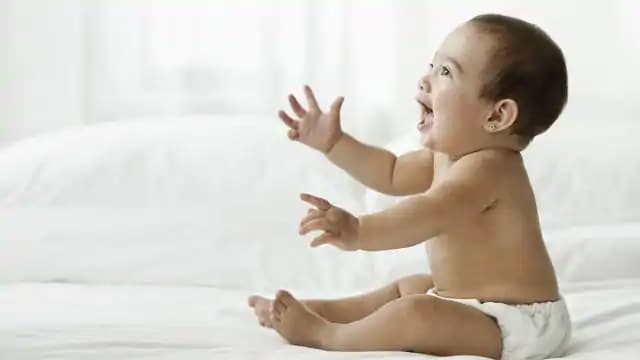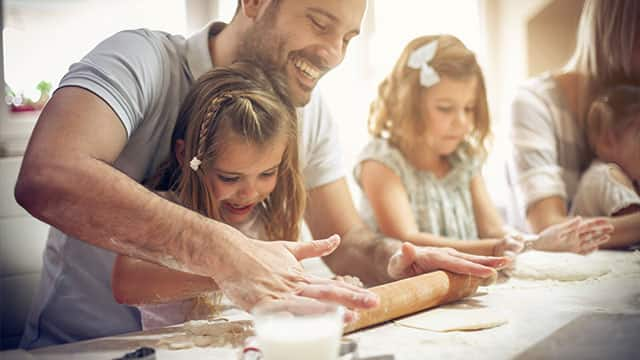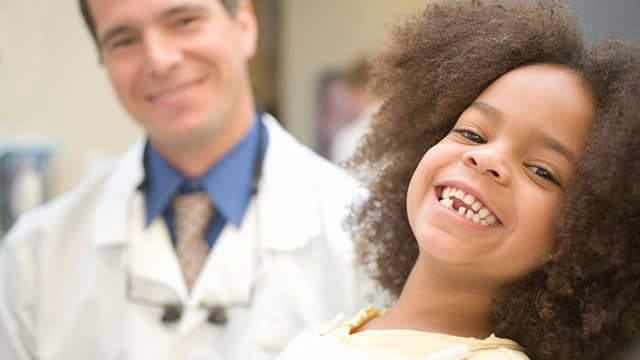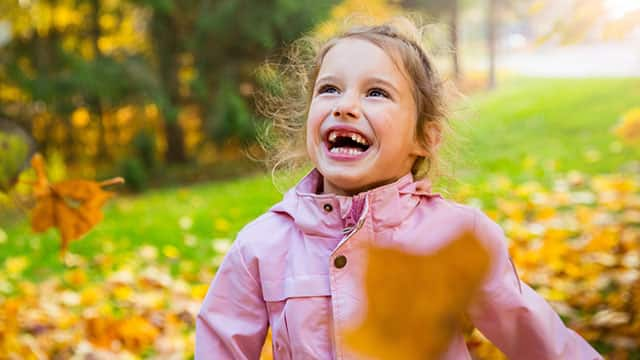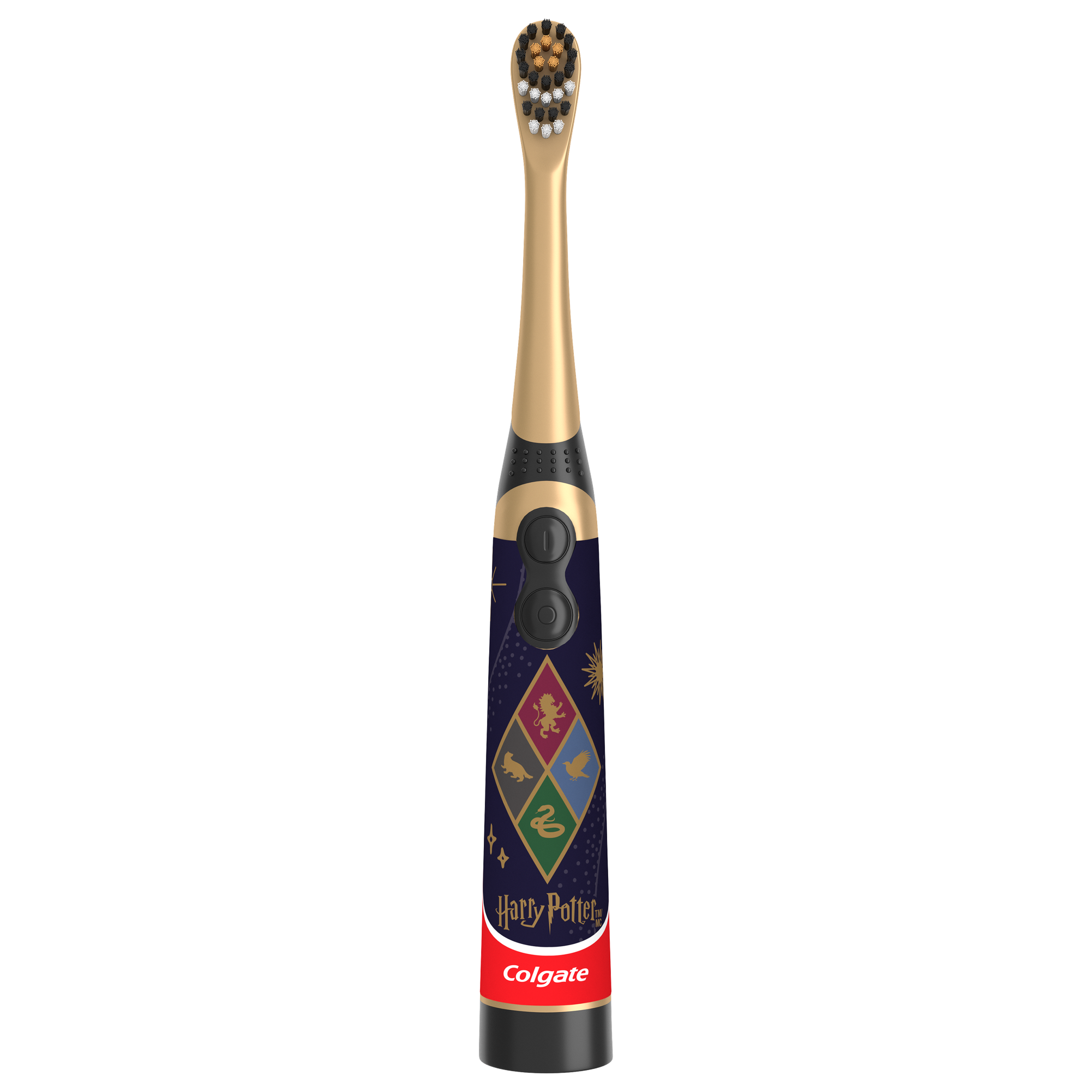A Step-by-Step Guide to Brushing Your Toddler’s Teeth
You want the best for your kids. We all do, right? Right. No matter what age they are, getting them to follow our lead for their own good can be an uphill battle. But when it comes to brushing your toddler's teeth, the trick is flipping the whole experience on its head. The question isn't — "how to brush a toddler's teeth?" The question is — "how to get your toddler excited about brushing their teeth and avoid a meltdown?" The goal is to have them take the lead to show what they can do while you show how proud you are. It's an easy goal to understand, but it's a challenging one to achieve. And the sooner they learn, the better. That's real parent oral care talk right there. And, fortunately for you, we have real parent advice and real parent results. Check it out below and brush it into their routine.
Go Toothbrush Shopping
Picking up the right toothbrush might the best part of brushing for your little one, actually. Here are a few recommendations to make the shopping trip fun for them and easy for you.
Their special toothbrush. Whether a princess or superhero, have your toddler pick their favorite colorful character
Soft-bristled toothbrush. There's no need to be too hard on their teeth and gums, says the American Dental Association
Powered toothbrush. It's optional, but it can prove to be useful with a rowdy toddler
Children's fluoride toothpaste. Great flavor for them, great against cavities for you (and them)
Set the Stage
You've got the tools. Next, it's creating a time (twice per day) and routine to utilize them in a way that your little one will find inviting. Now, if they get excited, well, you're crushing it. Here are a few tips to get them in the brushing mood:
Find their sweet spots. Whether it's after breakfast or before bed, notice the two perfect times of day (morning + night) where your little is most likely to follow your lead to the sink
Get in a routine. If grabbing their stepstool or turning the water on gets them ready to start brushing, then by golly, that's what you should do
Chart it. Use a toothbrushing chart a try to teach your child responsibility and accountability in a fun, interactive way
Get Brushing
Now it's time to put our patience where their mouth is. It's time to brush. Here's the brushing breakdown when your toddler is feeling the brushing experience you've created.
Apply the paste according to the ADA:
If they're under 3 years old, use a smear (the size of a grain of rice) of fluoride toothpaste.
If they're 3-6 years old, use a pea-sized amount of fluoride toothpaste.
Find a comfortable position for you and your child, whether on a step stool, counter, or your lap.
Start brushing the inside of their teeth, then the outside.
Brush at a 45° angle toward the gumline in a back-and-forth motion.
Next, brush the chewing surface of their teeth.
Make time for them to spit or rinse, perhaps do the inside, then spit, then outside, and rinse again.
Remind them to always spit or rinse as swallowing fluoride toothpaste isn't good for their "tummy."
Lastly, congratulate your child each and every time they brush — never underestimate the power of positive reinforcement!
Make It Fun
Brush, brush all day long. Brush, brush while I sing this song. Gonna make them sparkle, gonna make them shine. Gonna brush my teeth all the time!
If you and your child can carry a tune, you could sing a brushing song together to get them ready. That's just one example of the many things you could do to make brushing more fun. You could also try the following ideas:
Time it: Use a mini hourglass from a board game to give the child a visual representation of how long to brush.
Game mode: The bad guys are invading their teeth and you must brush them away to save yourself from the evil Dr. Cavity — or whatever gets them to open their mouth willingly.
Reward them: An extra book during story time, staying up an extra 15 minutes, or perhaps another episode of their favorite animated underwater adventure series, are good examples of little rewards that can give them an incentive to brush with a smile.
Let them brush: It may be time to take the brushing training wheels off and relinquish the brushing rights to your child while you monitor and make sure they brush long and thorough enough.
Watch and learn: Find some examples of their favorite on-screen characters brushing to motivate them to brush like they're a shark, cowboy, or ice queen.
The ADA has a whole list of fun things to entice your child to brush as well, as well as Colgate’s Bright Smiles, Bright Futures® program. The key is to put yourself in their little shoes and cater the experience to your individual child. You know them best, so do what best suits them.
This may seem like a lot of work to get your toddler to brush their teeth, but it's for a good reason. It's to keep your child's teeth clean so they avoid tooth decay and cavities. And that means brushing twice a day, flossing daily, and regular checkups with your dentist. Yes, it's easier said than done, but that's the life of a toddler parent in a nutshell. There's no step-by-step guide for that. There is, however, a guide above for getting them to brush. Hopefully, it's a fun and rewarding experience for you both.
FAQ
When should I start brushing my toddler's teeth?
You should start brushing your toddler’s teeth as soon as they have them. Getting your toddler used to the process will help it become routine and instilling good habits early on will help prevent cavities.
How often should I brush my toddler's teeth?
You should brush your toddler’s teeth twice a day, this includes before bed. You may also want to brush after sugary snacks.
What type of toothbrush and toothpaste should I use for my toddler?
Use toothpaste with fluoride as recommended by the American Academy of Pediatrics, and a soft bristled toothbrush.
My toddler resists brushing their teeth. What should I do?
Involve them in the process. Let them choose their own character toothbrush or flavored toothpaste. Brush at times when they will be more cooperative or take turns brushing. Let them brush your teeth first (with a different toothbrush), then you can take a turn brushing theirs. This way it becomes an activity you are doing together.
When should I schedule my toddler's first dental visit?
The ADA recommends scheduling your child’s first dental visit within 6 months of when the first tooth erupts or by the age of 1 year, even if they still don’t have teeth.
How can I make brushing my toddler's teeth more enjoyable?
Distract them and make brushing fun by pretending the toothbrush is a superhero swooping in to save the day against plaque. Sing a song for them or give your child a separate toothbrush they can use to brush their stuffed animal’s teeth. Reward them with an extra story at bedtime when they finish so that next time, they will look forward to it.
ORAL HEALTH QUIZ
What's behind your smile?
Take our Oral Health assessment to get the most from your oral care routine
ORAL HEALTH QUIZ
What's behind your smile?
Take our Oral Health assessment to get the most from your oral care routine





